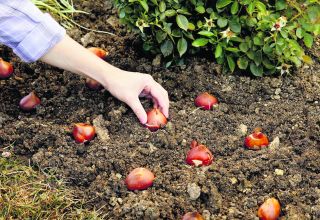It’s time for a little patience…
Whereas last month everything was too early, suddenly gardeners start to feel a sense of panic and believe everything must be done in these March weeks. But we need to remember that March has one foot in winter and the other in spring and it can be very cold this month so keep an eye on the weather forecast and try to be patient. The other good news is that clocks also go forward right at the end of this month, so longer daylight hours help plants to really get under way.
1. Strengthening the soil is the number one job
Boosting the soil for the coming growing season is the most important job. The most effective way of improving the soil in established borders is to mulch the surface with a three cm-layer of organic matter, such as garden compost. It will also help to suppress weeds and trap moisture in the soil. If your heap doesn’t produce enough compost to mulch the whole garden, it’s worth contacting your local council to see if it’s possible to buy the compost that’s made from the green-waste collections. Mushroom compost (though not for acid-loving plants, as it contains chalk) and composted bark make good alternatives and can be bought online.
Before you start, make sure you have thoroughly weeded the bed and that you have sufficient mulching material – this could be leaf mould, compost, well-rotted manure or bark chippings. Always leave a gap around the stem of plants.
2. Weeds need your attention now
It is never too early to give real time and attention to the task of controlling weeds which in March will see the opportunity to get established. Weeds will be growing even more strongly than your plants during these weeks, so keep on top of them before they can get a hold. Digging them up with a hand fork is the best idea, as you can get all the roots out. Reserve hoeing for dry weather, as weeds can re-root if the soil is moist.
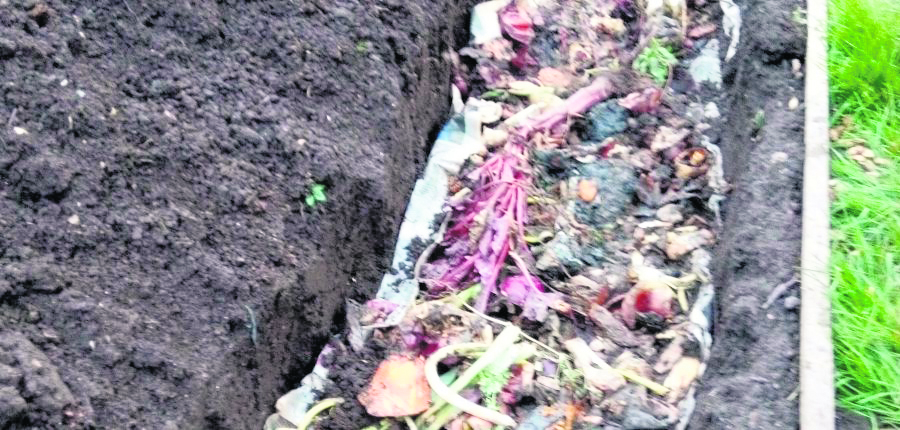
3. Dig a bean trench
A wheelbarrow of part composted kitchen waste can be wheeled to where you want to grow any greedy plants like beans. Dig a trench a couple of feet deep, fork over the base to loosen the soil, tip in the organic matter and mix in the previously dug out soil. It’s worth putting in markers, or even erecting your bean poles, so you don’t forget where the treasure’s hidden when it comes to planting time. Leave a good couple of weeks before you sow your seeds.
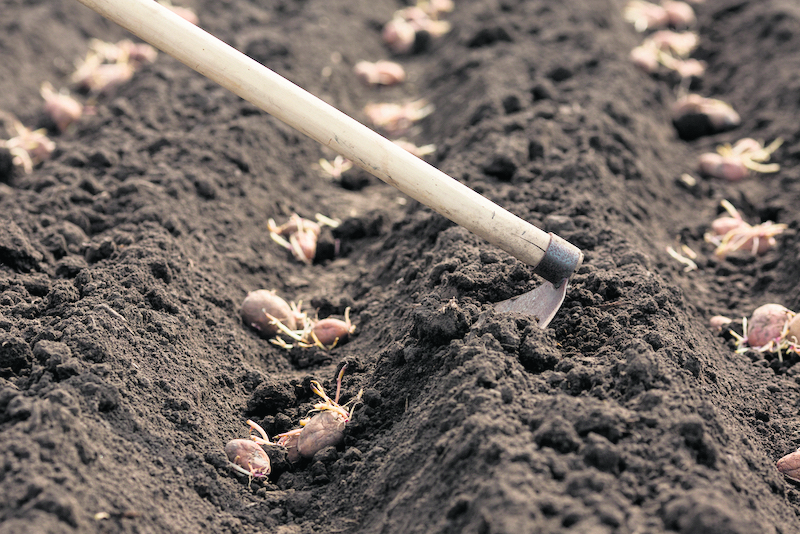
4. Get some earlies potatoes planted
Earlies, such as ‘Rocket’, you can get some ‘earlies’ in the soil during March. Plant them about 40cm apart in rows 45cm apart in the ground. Bury the potato just below the compost surface. As shoots grow, cover with more compost until the pot is full. Cover the young plants with garden fleece if frosts are forecast. Make sure you water the pot regularly, so the compost is moist but not wet. By late June or early July, your potatoes should be ready to harvest. Check they’re ready by putting your hand into the pot and gently feeling for the tubers. If they feel big enough, tip out the contents of the pot, otherwise leave them to continue growing.
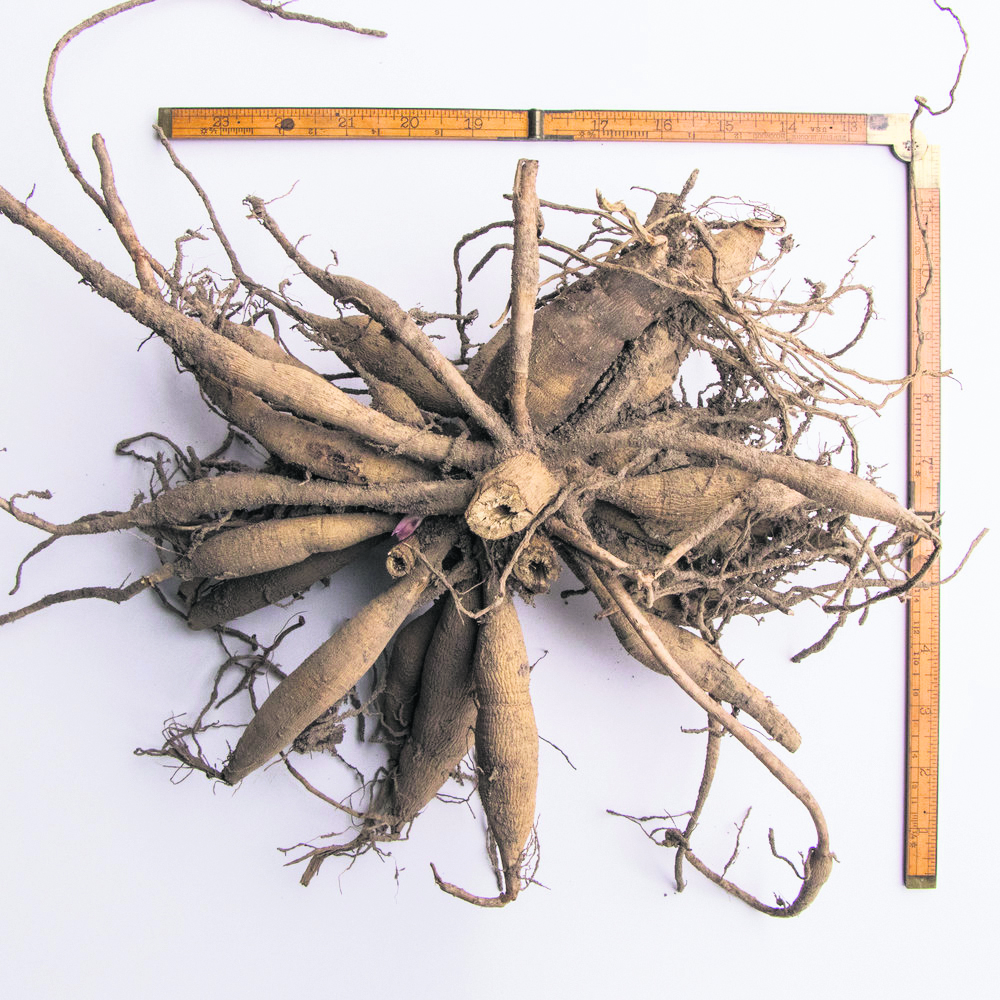
5. Pot up dahlia tubers
Bring your dahlia tubers into growth in a light, frost-free place and they’ll get off to a great start, ready for planting outdoors after the danger of frost has passed in late spring. You can also use some of the shoots to make cuttings later on.
6. Flower seeds to sow in March
Hardy annuals can be sown in trays indoors or under glass now but unless you live somewhere sheltered it’s a bit early for half hardies.
There’s nothing more depressing than seeds that fail and these should deliver: honeywort Cerinthe major var. purpurascens, cornflowers, borage (great for bees and decorating drinks) and viper’s bugloss (also great for bees and for butterflies).
If seed trays have been stored somewhere outdoors or weren’t washed when you put them away, give them a good wash and brush up with hot soapy water and don’t think you’ll save money by using old compost or earth – you’ll regret it when seeds shrivel and die.
Use large trays, fill with seed compost to near the top and water with a can with a fine rose or stand in a sink until the tray’s absorbed moisture. Don’t use water from the butt as this can lead to disease and try to use lukewarm rather than freezing cold water.
Sprinkle over seeds as sparingly as you can manage and use a sieve to sprinkle of a light layer of dry compost. Sit them somewhere light and neither too hot nor too cold. You want an even temperature around 18°C or 64°F. Some people like to cover the tray with glass or a clear polythene. You should see results in a week or two.
Once the seeds germinate remove any covers or you’ll get condensation and rot. Whilst you are waiting watch that the compost doesn’t dry out but don’t overwater either. Aim for a consistently moist compost.
7. Time to risk the first tomatoes?
It may seem a bit early, but March is really the time to sow tomatoes for growing indoors especially towards the end of the month. Plants for growing outdoors are best sown in April so they’ll be ready before it’s warm enough to plant them outdoors.
8. Divide those perennials
This is the key moment for dividing clumps of perennials because it’s possible to break off the outer, vigorous pieces and replant them straight back into the soil with a dusting of blood, fish and bone. Only select clumps with sparse middles, or ones with perennial weeds, or clumps that need reducing in size. Lift them with a fork and most will pull part into hand-sized pieces (others may need chopping with a spade).
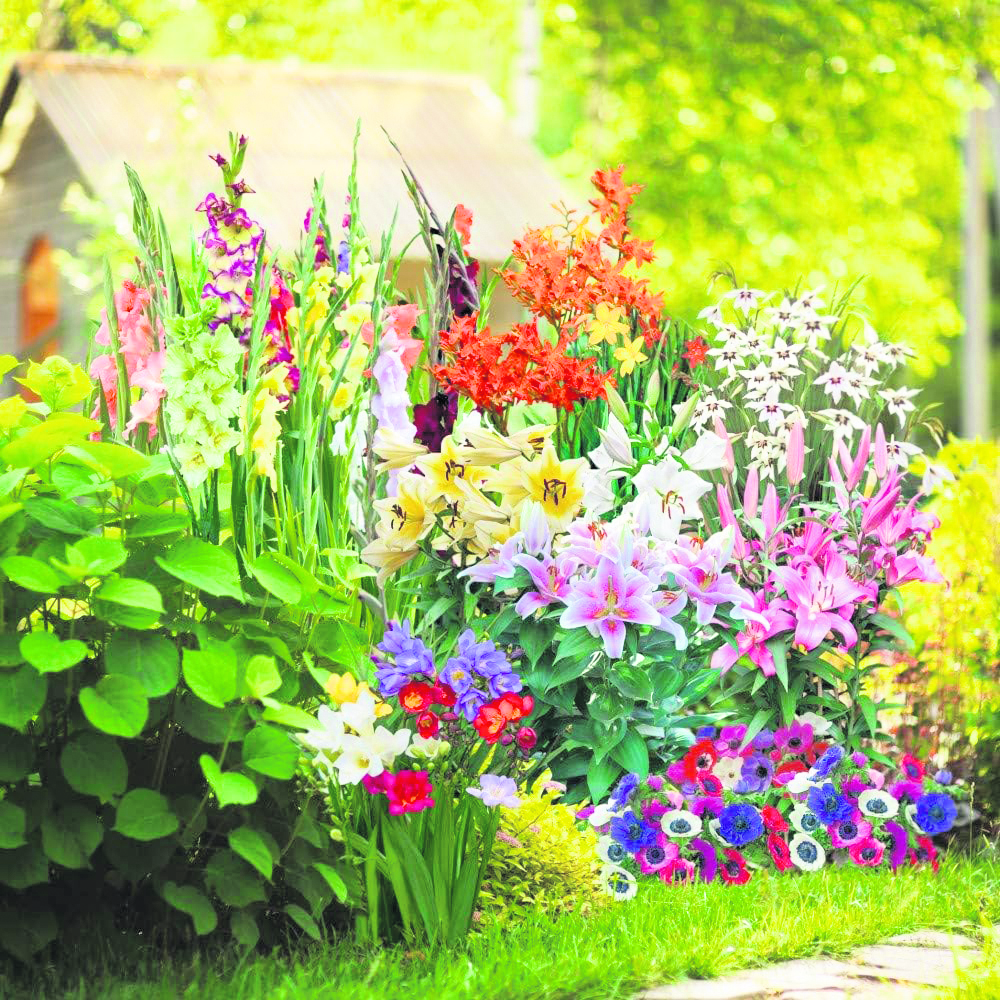
9. A final chance to get summer bulbs planted
Summer bulbs, such as alliums, agapanthus and cannas, can be planted when the soil is beginning to warm up. Pot individual bulbs into containers of multi-purpose compost, making sure that each pot is at least half as wide as the pot. Water sparingly until the bulbs starts to shoot into growth, then water each time the compost is dry. Earmark a final planting site for your bulbs that is free-draining and south-facing. If soil drainage is poor, the bulbs can rot and lack of sun can mean lack of flowers.
Mix grit into each planting hole if soil is heavy. Spreading a mulch of good garden compost or well-rotted manure over the soil a month before planting will help improve thin, poor soils, boosting fertility and improving drainage.
10. First feed for roses
If you haven’t already done so give roses their first feed of the year. Use a tailored rose feed as they need the correct mix of nutrients. And don’t think you’ll be doing them a favour by over feeding. You’ll end up with too much sappy soft growth that makes them less able to withstand pests. Feed again in April/May and, if you want, they can have a final feed in July but no later or that soft wood will make them vulnerable to winter cold.
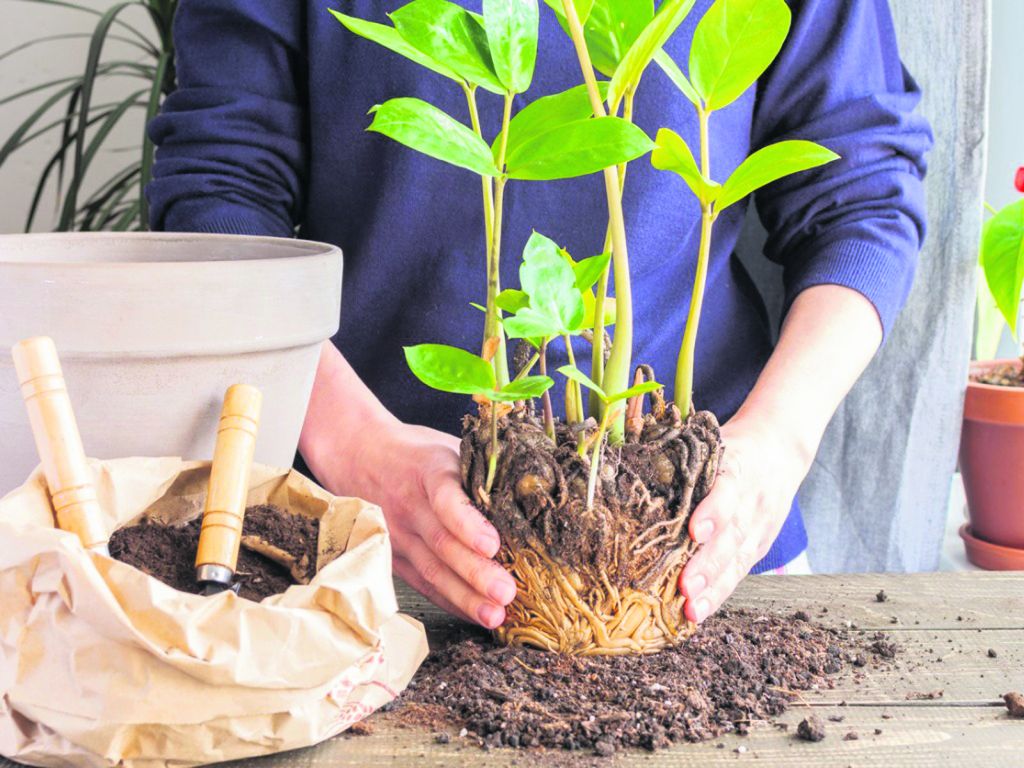
11. …and don’t forget your houseplants
Some houseplants may just need a tidy up, clearing away dead leaves and debris and a bit of a prune to get it back into shape. If roots are appearing through the base it’s a sign, they need repotting. If you can’t see the roots, but it’s a while since they were repotted, try to loosen the plug of earth out of the pot and see if the roots are circling as if desperate to get out. If so it’s time to repot.
Ideally, water plants a few days before repotting. Use washed pots, one size larger than the existing pot, and fresh clean potting compost – whichever is correct for the plant. Some plants like a lighter mix so use a combination of potting compost, sand and perlite as necessary.
You can add water retaining gel granules if you like and some plants benefit from a topping of grit.
If the plant’s just not going to come out of the pot you can try to eke out a little more time by top dressing. To do this carefully scrape off an inch or so from the top of the old soil, avoiding damaging the roots, and replace with fresh new potting compost. Water pots well and drain. Avoid putting newly repotted plants in direct sunlight but let them recover slowly.
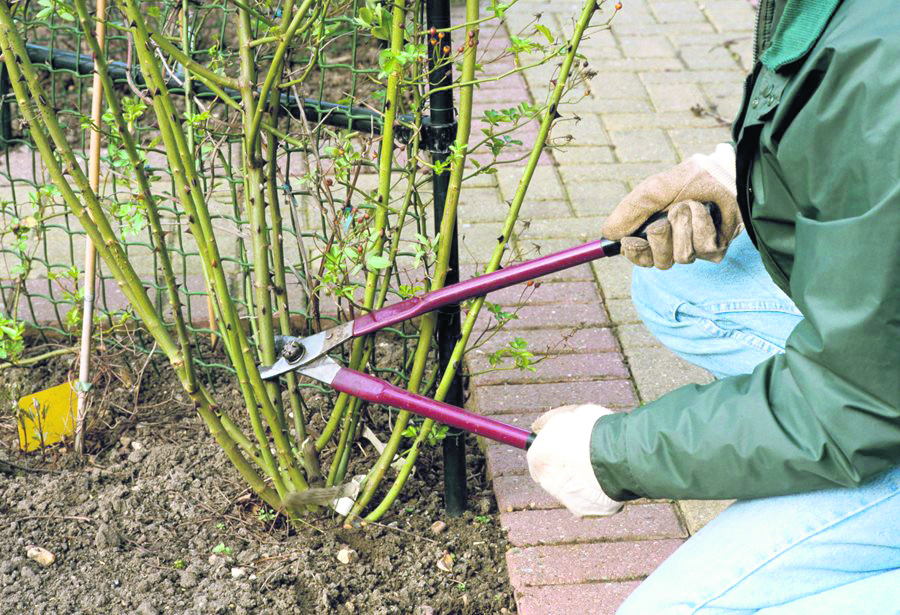
12. March is still a busy pruning month
March is one of the busiest months for pruning with a wide range of shrubs and other plants requiring their annual prune.
By now it is too late to prune apples, pears and late flowering clematis. But climbing roses, hybrid teas and floribundas need a March pruning and the sooner the better, so they don’t waste their energy growing leaves which are about to be lopped off. Borderline perennials such as pestemons and phygelius can also be pruned.
Tender evergreen shrubs such as variegated griselinia are best pruned now. The new growth triggered by the pruning should not be damaged by hard frosts. Evergreen edging and topiary can be finished now to create a smooth finish.
BUT DON’T PRUNE…
Grapevines
as sap pressure tends to be very high in March so if you prune them they will bleed profusely-something which will either damage them or possibly kill them.
Rambling roses
Unlike climbing roses these bloom on stems produced the previous year so prune and then re-train then straight after flowering.
Mediterranean shrubs
Delay pruning the more tender forms such as French lavender and hyssop until May. This ensures that the subsequent re-growth won’t be badly damaged by frosts.
Buddleja alternifolia
Unlike the more popular B.davidii, these varieties bloom on last years’ wood so prune them after flowering in the summer.





